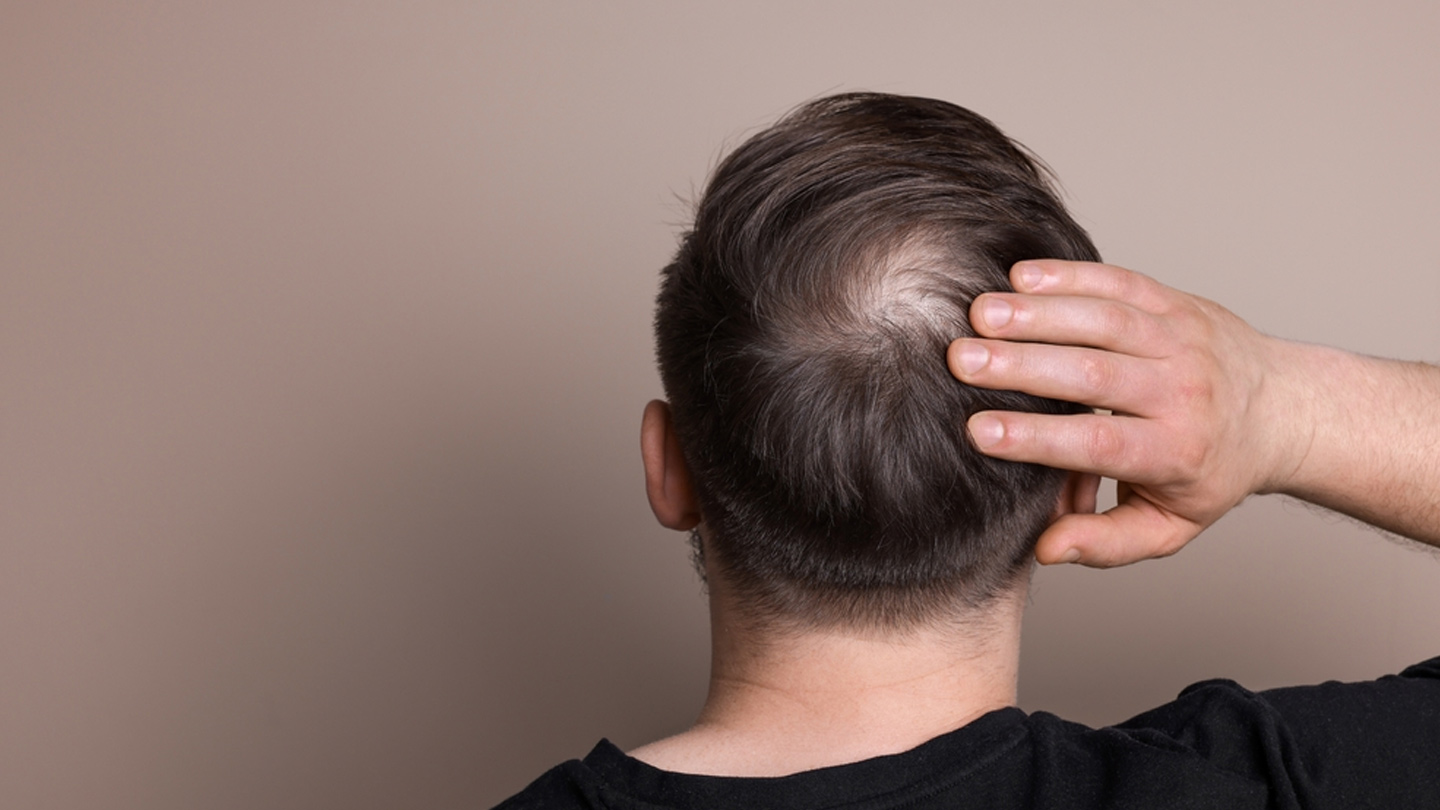Medical
Longevity Tests: Determine Your Life Expectancy
Looking to enter the post-100-year club? Living up to a hundred years might not be the ultimate dream, but there’s no harm in trying to reach for the skies. Learn about longevity tests that can determine your life expectancy.

Living forever is a subject that scientists have been trying to crack for decades, if not centuries. While scientists haven’t cracked the code of living forever just yet, they’ve researched various factors that can determine life expectancy and what people can do to extend it.
A 2021 study published in Nature Communications reveals that humans can at most live up to 150 years, and that’s when there are little to no environmental stressors. When trying to figure out how long you’re expected to live, here are some tests you might want to try.
The Balance Test
While how long you live isn’t something that can be determined exactly, even through science, there’s no harm in trying some tests that researchers have found to be valid. For many older adults, the balance test can be an accurate predictor of how long they’re expected to live.
Balancing on one foot for at least ten seconds is how the balance test determines how long you can live. People who fail to stand on one foot for at least ten seconds were twice as likely to die in the next ten years, according to a 2022 study published in the British Journal of Sports Medicine. The study delves into how balance can be preserved until a person is in their 60s, after which it starts lessening. However, scientists have yet to determine why there is a link between balance and mortality. Your core muscles play an important role for balance, so strengthening core muscles through targeted exercises can help.
Sitting Rising Test
A 2012 study published by the European Journal of Preventive Cardiology tested longevity by simply sitting and standing. Participants sat on the floor and were asked to rise to a standing position. However, while doing this, they could not use their hands, arms, knees, or anything else for support.
People with the lowest sitting-rising scores were more likely to die earlier than those with higher scores. The study revealed that those who performed poorly in this test had, on average, three years less to live compared to other participants. Try out this test at home. Ensure that you’re sitting firmly on the floor (in a cross-legged stance or something similar). Remain seated for at least a minute, and then try getting up. If you feel like you might look for support unconsciously, have someone else supervise you while doing the test.
Being in a good physical condition goes a long way in decreasing mortality risk for older adults. The balance and sitting-rising test seek to measure the fitness level of adults, so you should ensure that you are getting regular exercise throughout your life. You can look to increase your mobility through restorative poses, or gradually beginning to walk or do any other form of aerobic exercise.
Walking Speed Test
It might seem unbelievable, but your walking speed can actually determine your life expectancy. If you walk briskly or are power-walking generally, you are more likely to live longer than others. The 2019 study published in Mayo Clinic Proceedings doesn’t measure your walking speed per se but how active you are.
People who tend to walk faster, in general, are those who are used to walking or doing some form of cardio. A person’s gait will improve over time as they are regularly walking, determining walking speed. Their speed will later determine how physically fit their body is, and can also contribute to lesser risk of falling down in the future.
Don’t Forget Lab Tests
It may seem obvious, but the best way to understand your mortality comes from understanding your blood and hormones. Checking your blood for signs of inflammation, fluctuating sugar levels, vitamins, nutrients, and more can show whether your body is healthy or not. When you don’t take the time to maintain your body and ensure its well-being , it can lead to health problems and chronic ailments later on. Consider going at least once a year for a full-body check-up. You might need to make some lifestyle changes, and the sooner you know about it, the better.
It All Depends On You
If you’ve tried any one of these longevity tests and didn’t pass with flying colours, that’s no reason to despair! These tests are simply indicators, and you can always do something to change the results. If you’re not the most active person right now, consider introducing lifestyle and fitness changes to be more conscious and active going forward.
Some simple fitness hacks to try:
Walk for 15-Minutes Thrice a Day to Prevent Knee Pain: This Just In
5 Cycling Tips: Essential Riding Advice for Beginners
Beginner’s Full Body Barbell Workout
The World’s Greatest Stretch: Why Everyone Should Do It, Every Day
EXPLORE MORE
A sprain isn’t “just a sprain.” Here’s what your ankles wish you knew.
Your body whispers before it screams. Here are the early heart disease warning signs most people overlook until it’s too late.
Baldness isn’t just about ageing; it’s a complex condition influenced by biology, habits, and health. Understanding it is the first step toward managing it.
Breast cancer before 40 is rare, but not impossible. Know these warning signs so you can spot them well in time.







.jpg)


